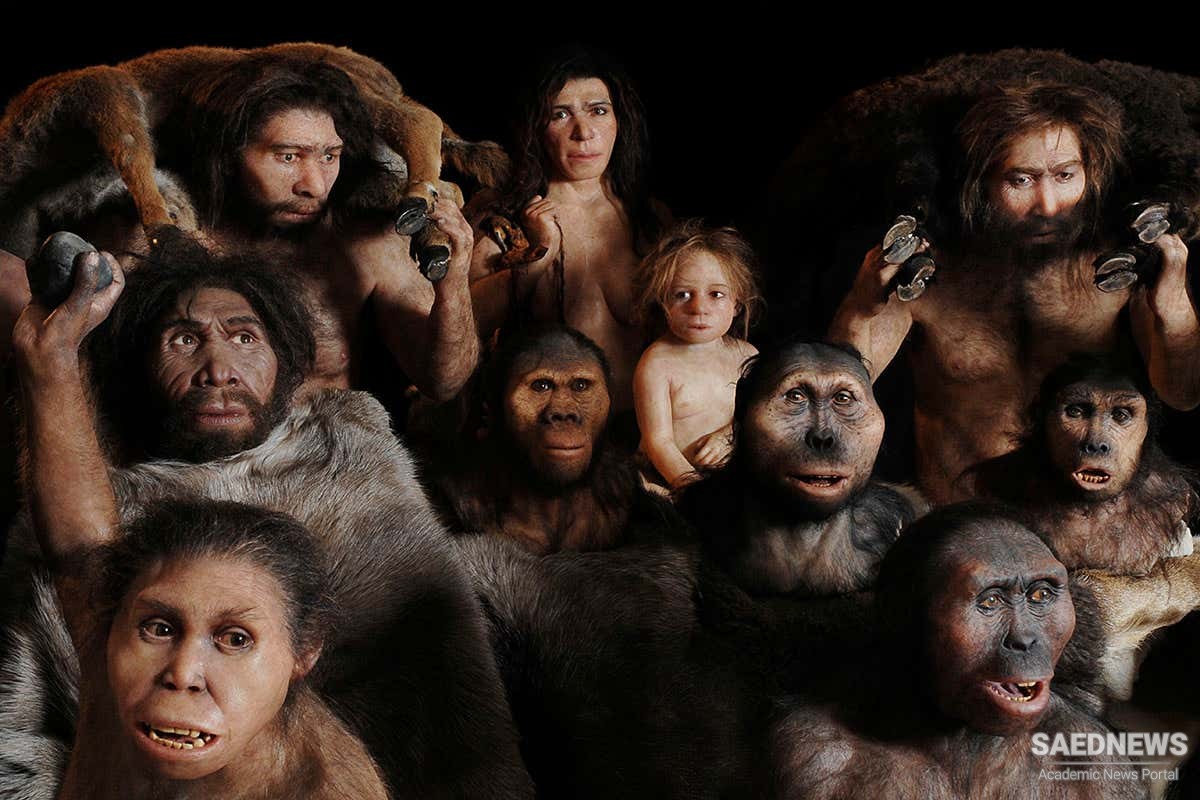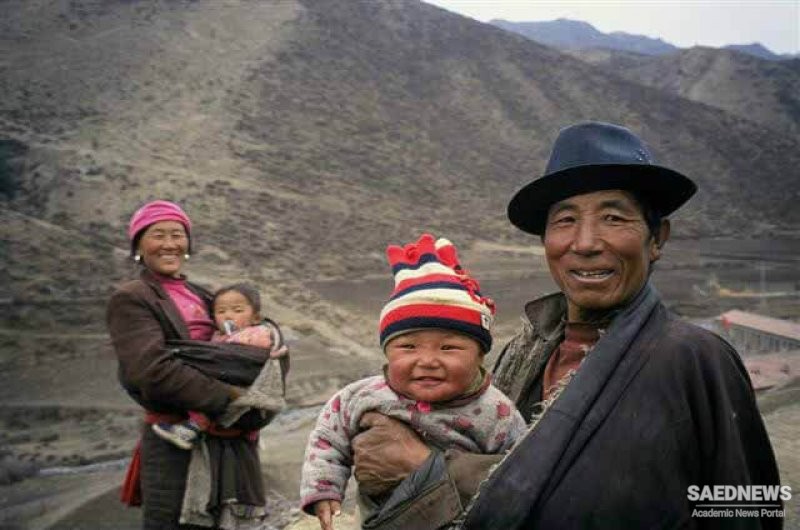Bigger brains meant bigger skulls and other changes too. An increase in antenatal size requires changes in the female pelvis to permit the birth of offspring with larger heads, and another consequence was a longer period of growth after birth; physiological evolution in the female was not sufficient to provide antenatal accommodation to any point approaching physical maturity. Human children need maternal care long after birth. Prolonged infancy and immaturity in their turn imply prolonged dependency: it is a long time before such infants can gather their own food. It may be with the early Homo erectus that there began that long extension of tolerated immaturity, whose latest manifestation is the maintenance of young people by society during long periods of higher education.

Biological change also meant that care and nurture came gradually to count for more than large litters in ensuring the survival of the species. This in turn implied further and sharper differentiation in the roles of the sexes. Females were being pinned down much more by maternity at a time when food-gathering techniques seem to have become more elaborate and to demand arduous and prolonged co-operative action by males – perhaps because bigger creatures needed more and better food. Psychologically, too, the change may be signifi cant. A new emphasis on the individual is one concomitant of prolonged infancy. Perhaps it was intensified by a social situation in which the importance of learning and memory was becoming more and more profound and skills more complex. About this point the mechanics of what is going forward begin to slip from our grasp (if, indeed, they were ever in it). We are somewhere near the area in which the genetic programming of the hominids is infringed by learning. This is the beginning of the great change from the natural physical endowment to tradition and culture – and eventually to conscious control – as evolutionary selectors, though we may never be able to say where precisely this change occurs.
Another important physiological change is the loss of oestrus by the female hominin. We do not know when this happened, but after it had been completed her sexual rhythm was importantly differentiated from that of other animals. Man is the only animal in which the mechanism of the oestrus (the restriction of the female’s sexual attractiveness and receptivity to the limited periods in which she is on heat) has entirely disappeared. It is easy to see the evolutionary connection between this and the prolongation of infancy: if female hominins had undergone the violent disruption of their ordinary routine which the oestrus imposes, their offspring would have been periodically exposed to a neglect which would have made their survival impossible. The selection of a genetic strain which dispensed with oestrus, therefore, was essential to the survival of the species; such a strain must have been available, though the process in which it emerged may have taken a million or a million and a half years because it cannot have been effected consciously.


 The Long Path of Evolution, Existing Hazards and Fragile Human Condition
The Long Path of Evolution, Existing Hazards and Fragile Human Condition














































